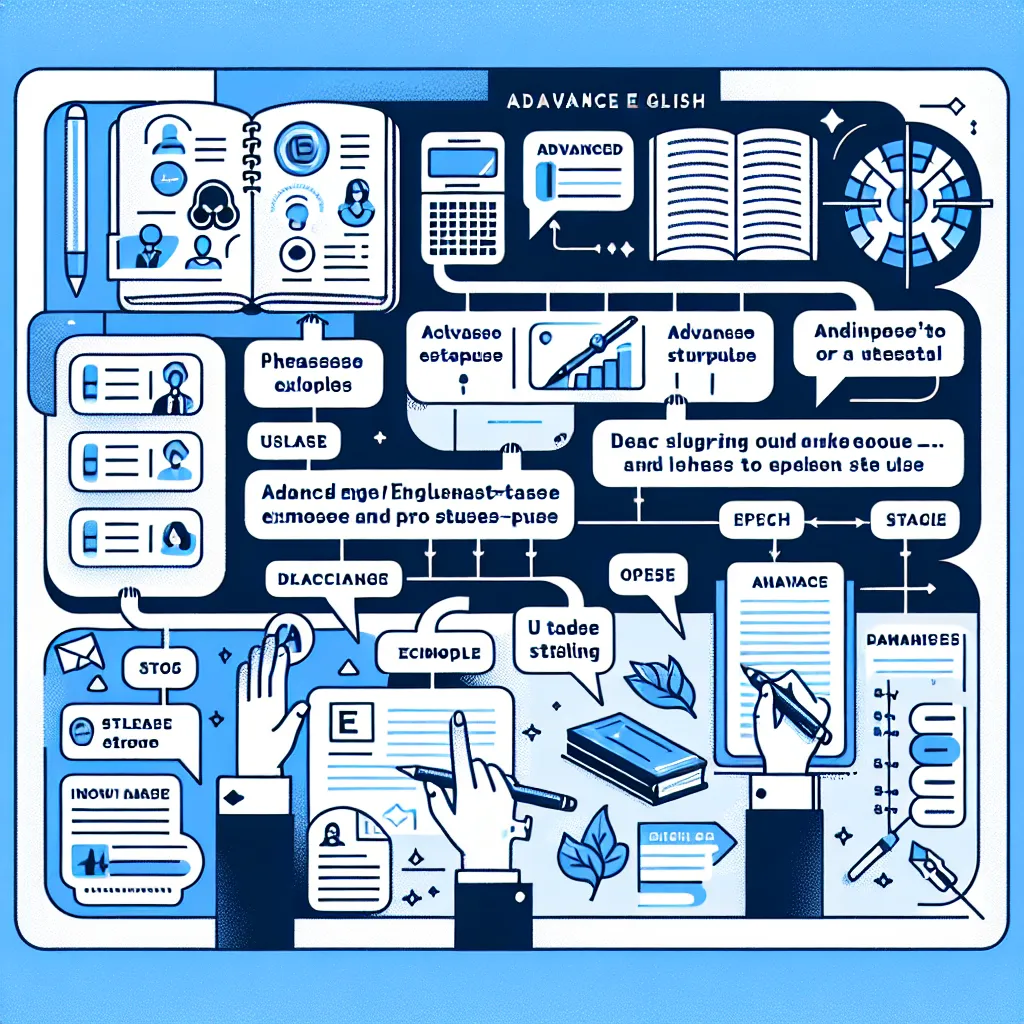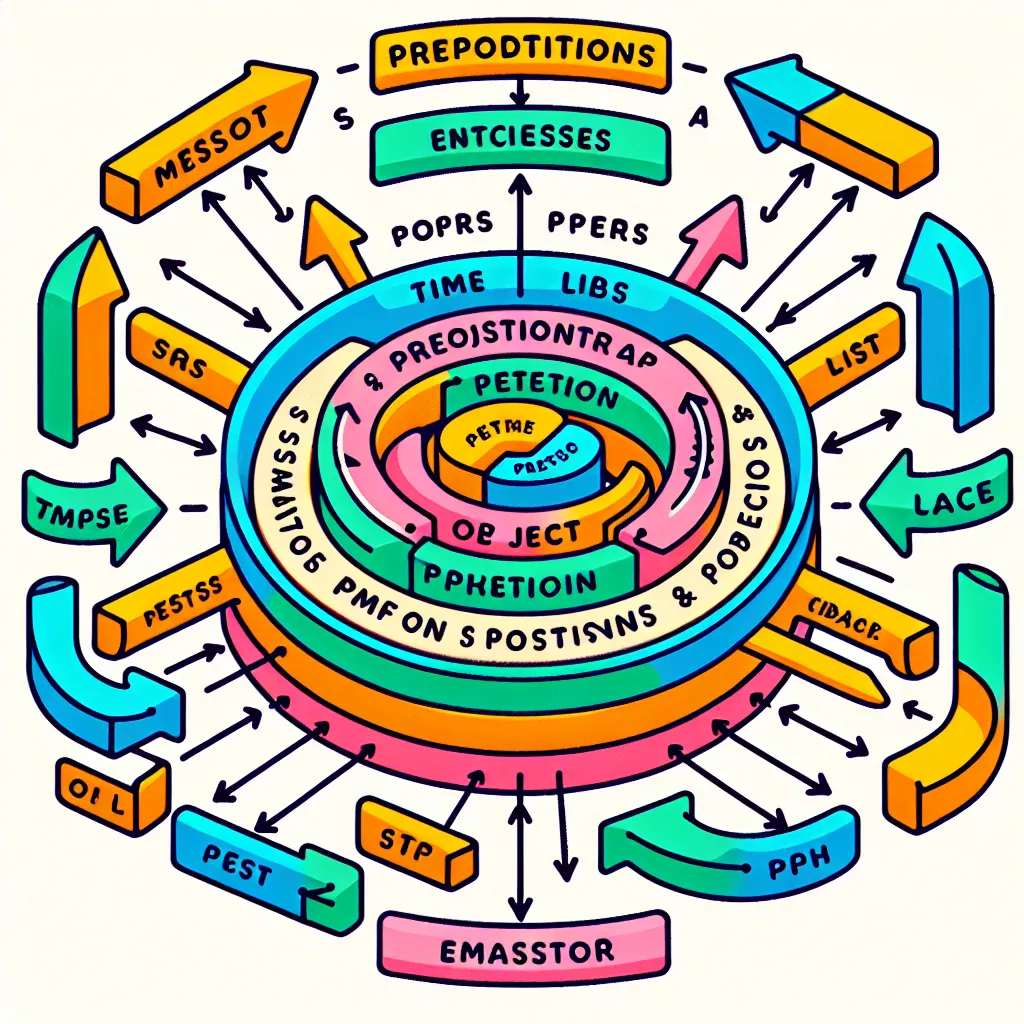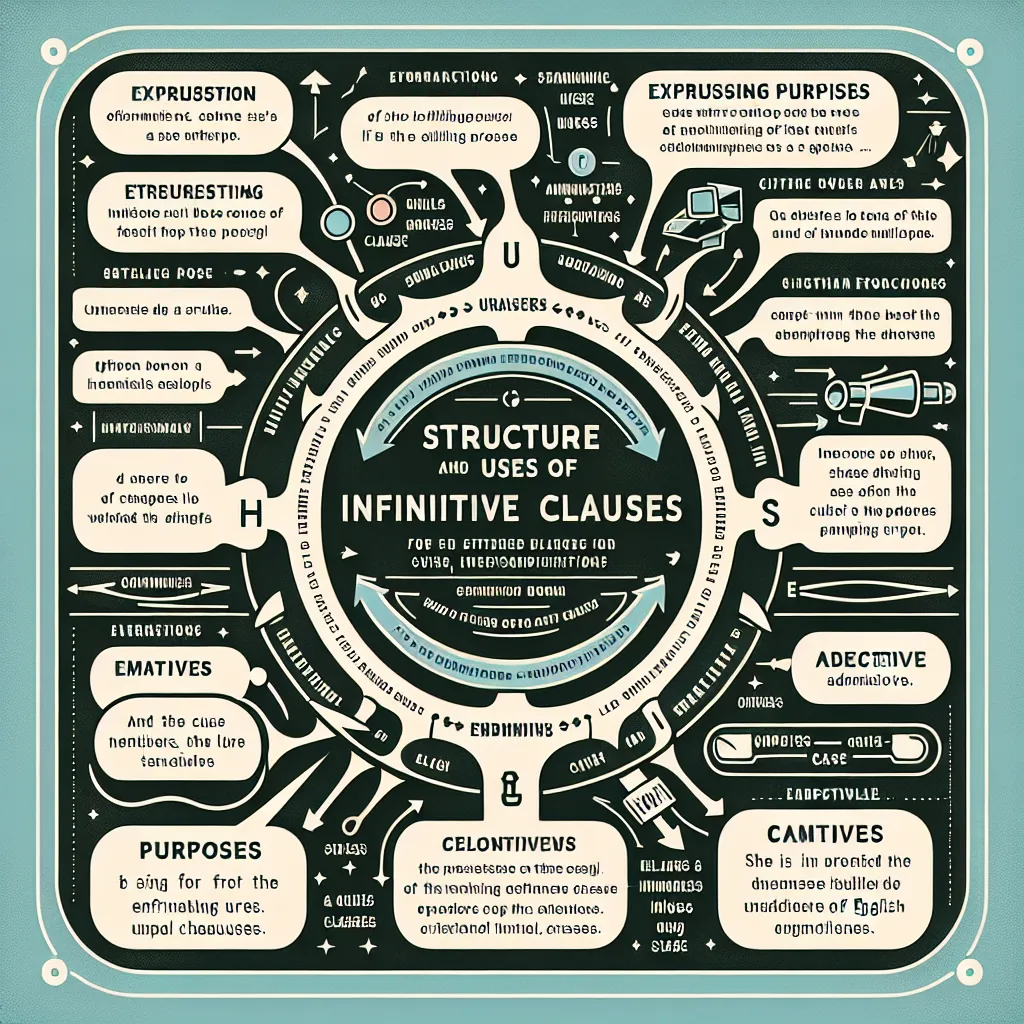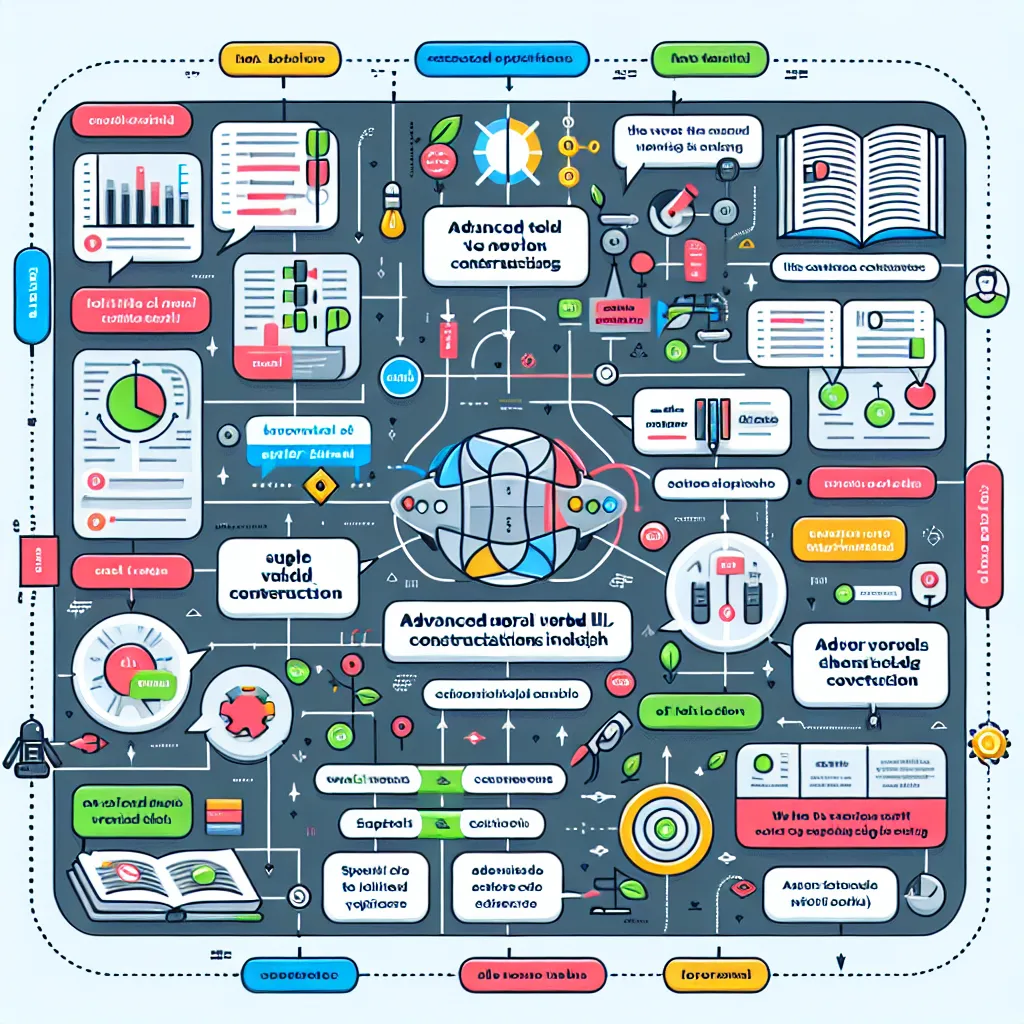Are you looking to elevate your English language skills? Mastering advanced phrase structures is a crucial step towards achieving fluency and sophistication in your communication. This guide will walk you through the intricacies of using complex phrases, helping you to express your thoughts with greater precision and elegance.
 Advanced English Phrase Structures
Advanced English Phrase Structures
Understanding Advanced Phrase Structures
Advanced phrase structures are sophisticated combinations of words that go beyond basic sentence patterns. They allow for more nuanced expression and can significantly enhance the quality of your writing and speaking. These structures are often used in academic, professional, and literary contexts, making them essential for anyone aiming to achieve a high level of English proficiency.
Why Are Advanced Phrase Structures Important?
- Precision: They allow you to convey complex ideas with greater accuracy.
- Variety: They help you avoid repetitive language and make your expression more engaging.
- Professionalism: Mastery of these structures is often associated with higher levels of education and expertise.
- Flexibility: They provide more options for expressing yourself in different situations.
Types of Advanced Phrase Structures
1. Participial Phrases
Participial phrases add depth to your sentences by providing additional information about the subject or action.
Example:
- Basic: “The man walked down the street.”
- Advanced: “Whistling softly, the man strolled down the bustling street, his thoughts lost in the afternoon’s gentle breeze.”
In this example, “Whistling softly” and “his thoughts lost in the afternoon’s gentle breeze” are participial phrases that enrich the sentence with vivid details.
2. Absolute Phrases
Absolute phrases modify the entire sentence rather than a specific word, adding context or explanation.
Example:
- Basic: “The meeting ended early.”
- Advanced: “The agenda completed ahead of schedule, the meeting ended early, much to everyone’s relief.”
Here, “The agenda completed ahead of schedule” is an absolute phrase that provides context for the early conclusion of the meeting.
3. Appositive Phrases
Appositive phrases rename or describe a noun in more detail, often set off by commas.
Example:
- Basic: “Shakespeare wrote many famous plays.”
- Advanced: “Shakespeare, the renowned Elizabethan playwright, penned numerous works that continue to captivate audiences centuries later.”
The phrase “the renowned Elizabethan playwright” is an appositive that provides additional information about Shakespeare.
How to Incorporate Advanced Phrase Structures
-
Start with Reading: Expose yourself to advanced texts in your field of interest. Pay attention to how authors use complex phrases to convey their ideas.
-
Practice Writing: Begin by identifying simple sentences in your writing and challenge yourself to expand them using advanced structures.
-
Use Transition Words: Incorporate words like “however,” “nevertheless,” and “consequently” to connect your ideas more fluidly. For more on this topic, check out our guide on mastering the use of conjunctions in complex ideas.
-
Analyze Sentence Structure: Break down complex sentences you encounter to understand their construction. This will help you replicate similar structures in your own writing.
-
Gradual Implementation: Don’t try to use all types of advanced structures at once. Start with one type and gradually incorporate others as you become more comfortable.
Common Pitfalls to Avoid
-
Overcomplication: While advanced structures can enhance your writing, overusing them can make your text difficult to understand. Aim for clarity first, sophistication second.
-
Misplaced Modifiers: Ensure that your phrases are modifying the correct part of the sentence to avoid confusion.
-
Lack of Variety: Don’t rely on the same type of phrase structure repeatedly. Mix different types for a more engaging style.
-
Ignoring Context: Remember that the appropriateness of advanced structures can depend on your audience and the formality of the situation.
Practical Exercises
To help you master advanced phrase structures, try these exercises:
-
Sentence Expansion: Take a simple sentence and expand it using at least two different types of advanced phrases.
-
Phrase Identification: Read a complex text and highlight different types of advanced phrases you encounter.
-
Rewrite Challenge: Take a paragraph from a simple text and rewrite it using more sophisticated phrase structures.
-
Peer Review: Exchange writing samples with a study partner and provide feedback on each other’s use of advanced structures.
For more exercises and advanced grammar tips, visit our article on advanced grammar for creative writing.
Conclusion
Mastering advanced phrase structures is a journey that requires patience and practice. By incorporating these sophisticated elements into your English, you’ll be able to express yourself with greater precision and elegance. Remember to balance complexity with clarity, and always consider your audience when choosing your level of language sophistication.
As you continue to develop your skills, explore our other resources on advanced English grammar, such as how to use advanced sentence formations and how to use relative adverbs. These will complement your understanding of advanced phrase structures and further enhance your language proficiency.
Keep practicing, and soon you’ll find yourself navigating the intricacies of English with confidence and skill. Don’t hesitate to share your progress or ask questions in the comments below!




